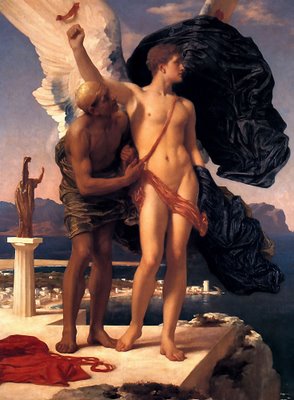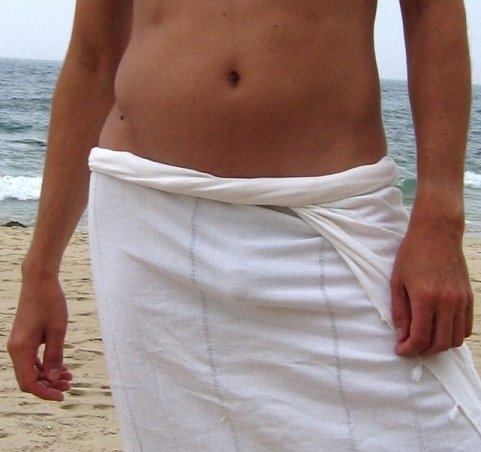Göz Lokumu

A reader (whom I’ve never met in person but with whom I have friends in common) recently pointed out to me that the correct form of “eye candy” in Turkish would be “göz lokumu,” rather than simply “göz lokum.” It’s a subtle, but important distinction, especially since I have a fair amount of Turkish readers.
Anyway, recently Joe and I had some friends over for dinner, and one of them (for reasons that aren’t important) was asking me about Ariadne. In Greek mythology, Ariadne was one of the daughters of King Minos of Crete. She gave Theseus a magical ball of string to help him make his way through the Labyrinth so that he could find and slay the Minotaur and then find his way out again. Theseus rewarded Ariadne’s kindness by abandoning her on Naxos. Typical guy.
Ariadne got the ball of string from the ingenious Daedalus, who had designed the Labyrinth at Minos’ behest to house the Minotaur, which was the monstrous half-man/half-bull borne by Minos’ wife Pasiphae after she succeeded in copulating with a bull by means of a rather elaborate contraption, also designed by Daedalus. Or so the legend goes.
Daedalus was the father of Icarus, shown in this painting by Lord Frederick Leighton (1830 – 1896). In order to safeguard the secrets of the Labyrinth, Minos imprisoned Daedalus and Icarus on Crete. To escape, Daedalus fashioned two pairs of wings, one for himself and one for his son. When Icarus grew bold and flew too close to the sun, the wax that held the wings together began to melt, and the boy fell to the earth. Such is the mythological origin of the name Icaria, as the Aegean island where Icarus’ body landed came to be called.
In the painting (oil on canvas, c. 1869, private collection), Icarus’ (black) cloak has blown open, rendering him exposed and emphasizing his beauty, but also his vulnerability. At the same time, he is more sculpture than flesh. It is as if he has been immortalized in stone prior to taking flight and crashing to earth. He is his own funerary statue.
I think in many ways America is like Icarus: child of genius, victim of hubris.












5 Comments:
Skillful way of commenting on the political situation with no comment at all. Bravo!
And... would you please be so kind as to help me with the Turkish word «özlem»: is it a common word or does it involve a concept, an idea?
Thank you very much!
goz lokumu means 'treated hide' in Swahili... jeez the whizz, I wonder where we met with Turks ... must have been those crazy ancient Vasco da Gama and Cristoforo Colombo times when they would sail down our coast after being blown off league by those mischevious monsoon winds ... but how it got from 'eye candy' to 'treated hide' I HAVE NO IDEA!... anyone with a conclusion?
It is very interesting that in the days before clippers and wax (well perhaps not the latter) the beautiful male torso is always perfectly smooth. I suppose it might be so that we can see every inch of the body that way or perhaps it was much easier to paint/draw but still. I was hairy at 16 so the "youthful virility" image doesn't explain it either.
hm...
ric-
thanks for the compliment.
let me ask some friends about özlem...
mdkims-
interesting. i don't know anything about swahili. are there other turkish loan words?
Between languages far apart from each other there are often similarities which cannot be accounted for in terms of loans or exchange. They're usually called «false friends» and exist in a much bigger quantity than one would ever think possible... :-)
Post a Comment
<< Home